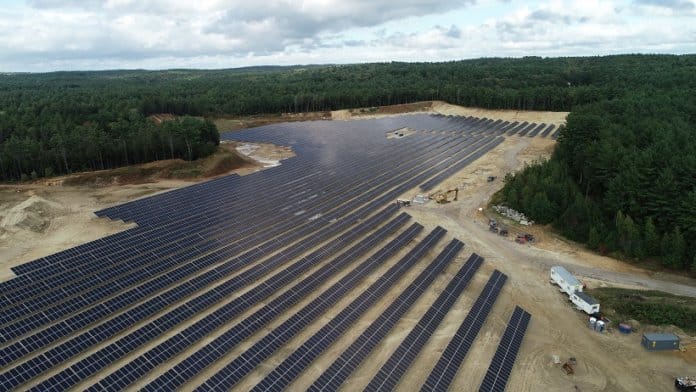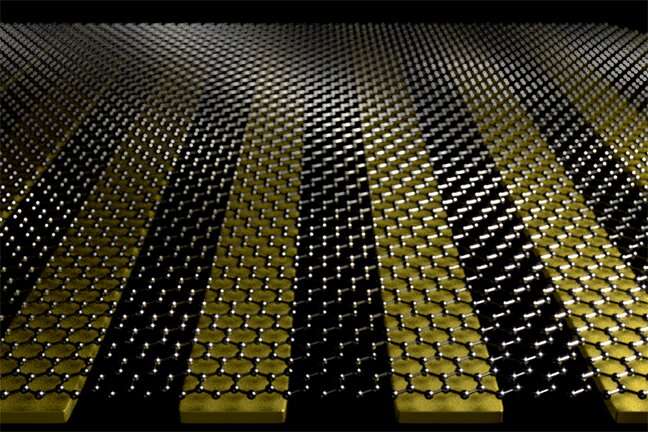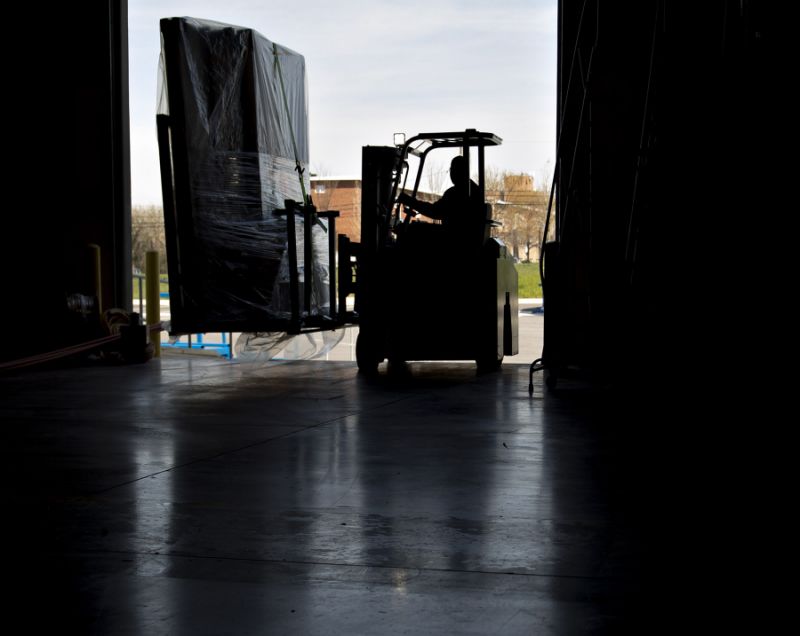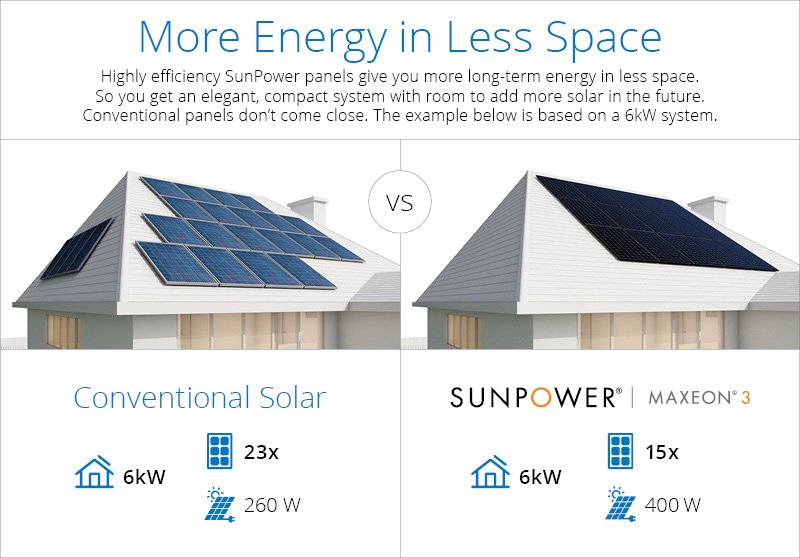
The concept of Fabrication City puts manufacturing back in the hands of local communities — using 3D printers. It could have far-reaching implications for economic development, environmental sustainability, inclusion and other benefits. The use of 3D printing provides cities with opportunities through their local innovators and entrepreneurs.
The process of 3D printing layers materials to create three-dimensional objects using digital equipment. Local makers are given access to fabrication labs equipped with technology to learn and this incubation environment can develop future entrepreneurs.
The fabrication city model emerged around 2011, developed by MIT’s Centre for Bits and Atoms and by more than 1,000 Maker Centres that give local makers access to 3D printing and other production tools. There are also neighbourhoods and city clusters that facilitate the maker movement.
There are opportunities for individuals and groups to create and market products from used or new materials using a digital device and additive technology. By facilitating these activities, cities can radically transform the way production and consumption happens within their region. Interconnecting people and processes to create local and regional inclusive innovation and economic growth while also reducing environmental impacts.
What might we re-use if we practice more inclusive innovation and how might we change the local economy if we support local sourcing?
Printing the future
In our upcoming book, Innovative Solutions for Creating Sustainable Cities, the fabrication city section explains that going forward, we cannot follow the same principles as before by moving materials — or focus on the pursuit of efficiency (less investment of capital, energy, resources) for the maximization of outputs.
Instead, we must radically redefine urbanism by changing how we produce, consume and live in cities so they can digest locally the waste they produce. Just as the digital economy is making platforms available for anyone to sell globally, new technologies such as additive manufacturing are allowing us to rethink where and how we make things.
The use of 3D printing is already transforming many conventional industries. For example, GE is able to replace a third of the parts on an aircraft engine using 3D printing and by fusing materials together they can reduce the overall number of parts. Honda created an electric vehicle entirely from 3D-printed segments. On-demand printed cars may be just around the corner. Even homes are being 3D printed at highly reasonable costs these days — although a bit rudimentary, the output can only get better.
This manufacturing revolution will have substantial implications, providing cities and local entrepreneurs with the opportunity to mass customize and produce for just-in-time delivery. It will reduce transportation and waste and thus help to minimize emissions. It may also reduce the overall cost for consumers while increasing local jobs.
Rethinking local production
Imagine cities equipped with flexible factories using local supply chains and locally sourced materials. These fabrication sites use waste materials, disassembled components and other sources to manufacture products digitally and customised for citizens. From prosthetic limbs to plastic waste used to create seating in city parks, to yes, a fridge, there are an increasing number of products being manufactured by local entrepreneurs.
Industrial manufacturing has begun this transition from degenerative to regenerative design (these are processes that restore and renew sources of energy and materials), also known as the circular economy. Waste, for example, is recirculated and fabricated to meet new needs such as energy production.
The fabrication city concept meets social, economic, governance and sustainable development goals. This is a tremendous incentive for cities to engage and establish new urban systems that are regenerative and restorative by design. The Fab City Global Initiative, begun in 2016, includes 27 participating municipalities and governments, among them Detroit, Amsterdam, Bhutan, Shenzhen, Ekurhuleni, Santiago de Chile, Boston and Paris.
There is a rich network of designers, makers and innovators from a wide range of sectors contributing to developments in consumer goods, energy, food production, health products and more. It is not hard to conceive that bulky products such as cars or fridges that are expensive to ship and warehouse could, in the future, be manufactured on demand locally.
Barcelona is perhaps the most easily recognized fabrication environment. Already, a significant amount of food, materials and products are no longer manufactured thousands of kilometres away — they are conceived, designed and grown within the urban boundaries.
Fabrication cities can differentiate themselves through design. They create a unique ecosystem that attracts innovative people and organizations, which allows cities to diversify and offer an unparalleled quality of life. Fabrication cities are a powerful game changer in the way that we make and dispose of everything we consume.





